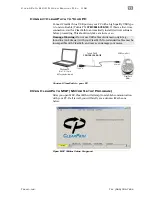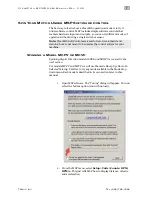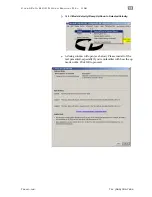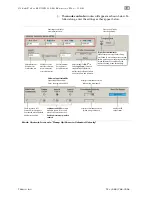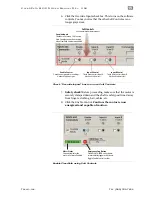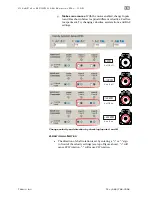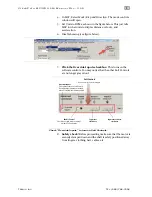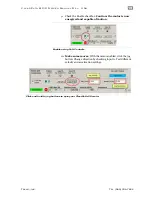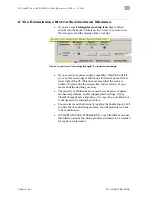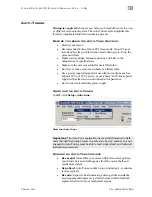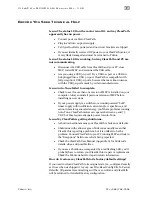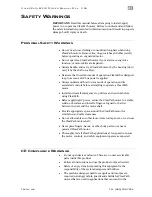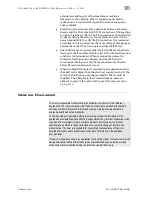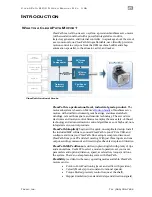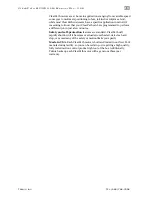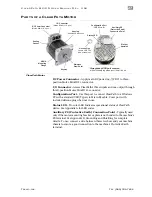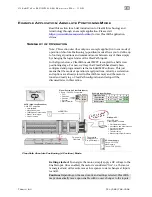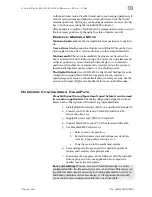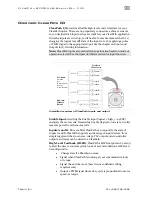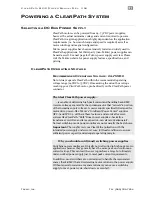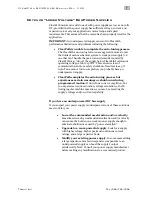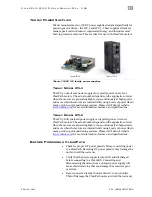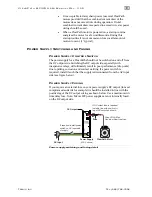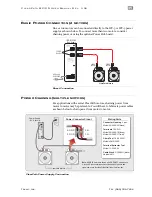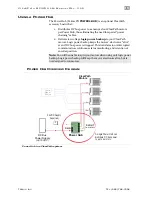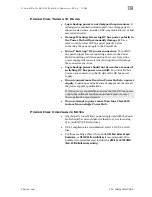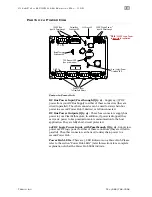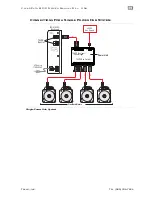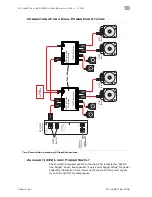
C
L E A R
P
A T H
M C / S D
U
S E R
M
A N U A L
R
E V
.
3 . 0 9
2 5
T
EKNIC
,
I
NC
. T
EL
.
(585)
784-7454
I
NTRODUCTION
W
HAT IS A
C
LEAR
P
ATH
M
OTOR
?
ClearPath is an all-in-one servo system:
a precision brushless servo motor
(with encoder) combined with a powerful integrated servo drive,
trajectory generator, and internal controller, in a package about the size of
a servo motor alone. ClearPath brings affordable, user-friendly, precision
motion control to everyone from the OEM machine builder and shop
automation specialist, to the educator, artist, and maker.
Output (1)
Power
(24-75VDC)
Inputs (3)
Communication
USB to PC
AC Servo
Motor
Encoder
AC Torque
Drive
Pos./Speed
Sensor
Servo
Compensator
Trajectory
Generator
Feedback
Position
ClearPath functional blocks
ClearPath is a professional level, industrial grade product.
The
motor subsystem is based on Tekni of brushless servo
motors, with similar instrument grade bearings, stainless steel shaft,
windings, rare earth magnets, and encoder technology. The servo drive
electronics and motion control firmware employ the same state-of-the-art
technology and advanced motion control algorithms as our high-end, non-
integrated servo control products.
ClearPath Simplicity
begins with a quick, uncomplicated setup. Install
the included MSP software, connect ClearPath to your PC via USB, and
configure and tune your ClearPath. Once setup is complete, disconnect
ClearPath from your PC and start moving. With just three inputs and one
output, sending commands and receiving feedback is simple and intuitive.
ClearPath MSP
software
is written in plain English with plenty of tips
and annotations. Use MSP to select a mode of operation, set your move
parameters and options (distance, speed, acceleration, torque) and tune
the system. There’s no steep learning curve with ClearPath.
Flexibility
is evident in the many operating modes available. ClearPath
motors can do:
•
Point-to-Point Positioning (move and settle with precision).
•
Velocity Modes (spin at constant rotational speeds).
•
Torque Modes (precisely control torque at the shaft).
•
Stepper Emulation (use standard step-and-direction signals).

